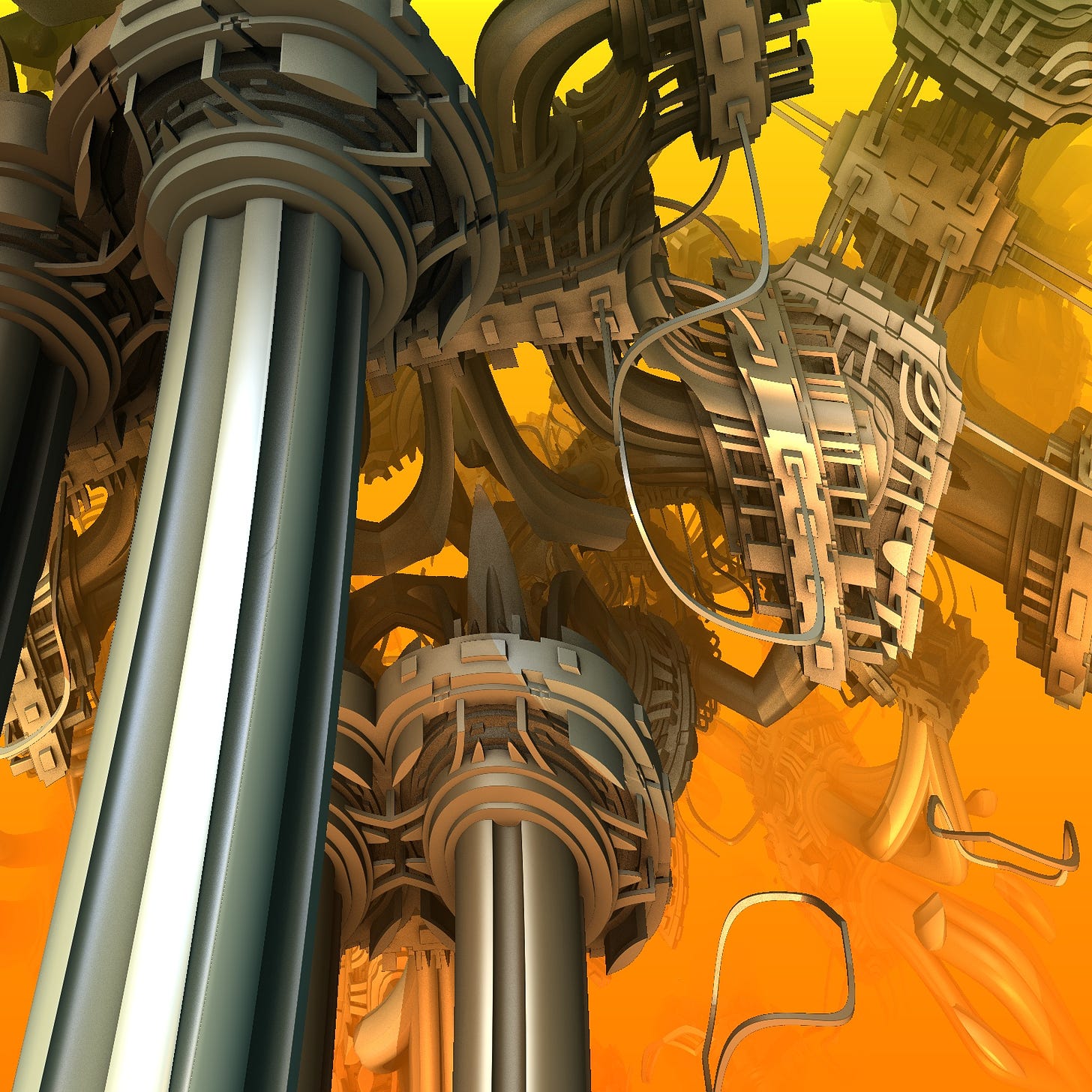Golden Cyberpunk Butterflies
Short one today - it's been a week. I can't talk about most of it here, maybe later. Suffice it to say I'm tired, and still have a full day ahead of me. The weekend with all it's plethora of chores and obligations beckons with a promise of some time to relax and digest the week before consuming another.
Sometimes I come across articles that send my imagination soaring, although what I'd do with this in a story I'm not entirely sure. It's not enough to have a clever gimmick. I need characters, a plot, and so far all I have is this mental image of nanoscaled butterfly wings generating superconducting power.
It's real science.
According to the simulations, a butterfly-shaped nanostructure consisting of two rhombus gold particles placed on either side of a gold nanorod would lead to optimal conditions. In this system, the nanorod, or the body of the butterfly, works as a nanoheater using a specific polarized light. After rotating the light polarization 90 degrees, the rhombus particles, or the wings of the butterfly, should work as an antenna to gather light at subwavelength spots in the butterfly's semiconductor skin.
To test this theory, they fabricated the gold butterfly and placed it in water inside a glass chamber. A solution made from equal parts zinc nitrate hexahydrate and hexamethylene tetramine was added to the chamber, which was then sealed and placed on a microscopic stage. When the laser light was shone on the system inside the chamber, the nanorod heated up and semiconducting zinc oxide particles crystallized along its surface as they expected.
This demonstrated that the butterfly-shaped gold nano-antenna can precisely control where plasmon-assisted hydrothermal synthesis occurs, therefore enabling the localized formation of nanosized semiconductors. Tiny butterflies glowing in the sun, fluttering data arrays, spiralling up through the sunbeams breaking through the gaps in the structure. Catch one, and download it, or use it to send a message.





